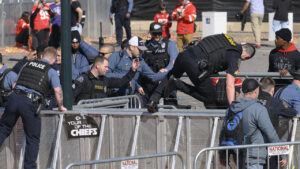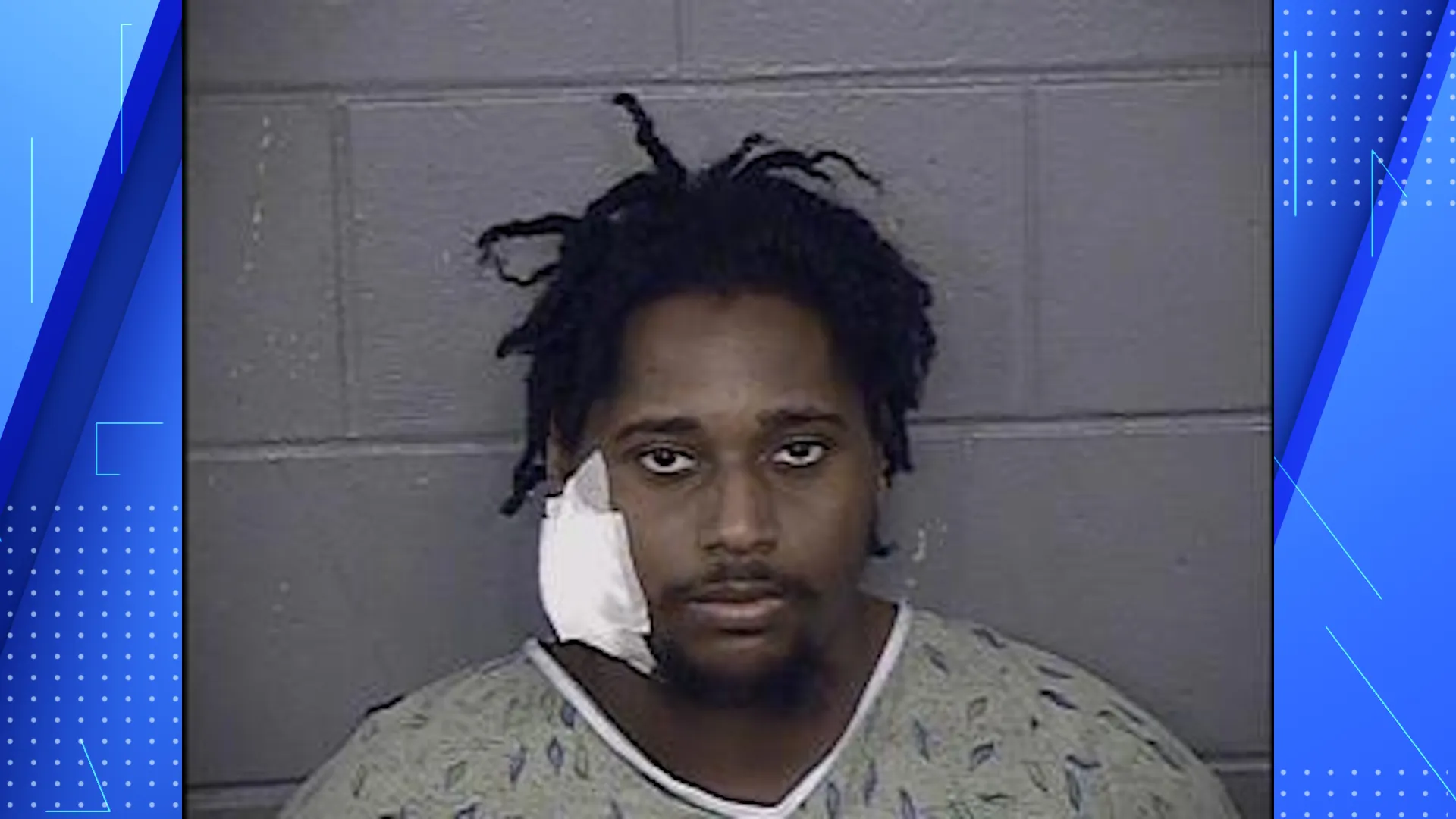Overview of the Kansas City Shooting
On the evening of August 5, 2023, the city of Kansas City faced a tragedy that would resonate deeply within the community and beyond. The shooting occurred in a popular neighborhood known for its vibrant atmosphere, leaving residents shocked and concerned. Preliminary reports indicated that an altercation among a group of individuals escalated quickly, resulting in multiple gunfire exchanges. Emergency responders arrived promptly to the scene, providing medical assistance to those affected and securing the area to ensure safety.
The Kansas City shooting resulted in serious injuries to several individuals, with local hospitals reporting an influx of patients requiring urgent care. The victims included a diverse range of ages and backgrounds, representing the community’s rich tapestry. Among them were both bystanders and individuals directly involved in the conflict, highlighting the indiscriminate nature of gun violence. Tragically, the incident also resulted in the loss of life, deepening the impact on families and loved ones who now must cope with the aftermath of this violence.
As details emerged, local law enforcement began an investigation to understand the full context of the incident. Eyewitness accounts and video footage were collected to piece together what transpired moments before and during the Kansas City shooting. Community members expressed a wide array of emotions, including fear, anger, and a poignant sense of loss over the violence that had shattered their sense of safety. Vigil gatherings and public forums soon followed, indicating a pressing need for dialogue and healing in the wake of such a harrowing experience. The incident is a stark reminder of the ongoing struggles surrounding gun violence in urban areas, prompting discussions about potential solutions and preventive measures.
The Societal Impact of Gun Violence in Kansas City
The recent kansas city shooting has brought to light the broader issues surrounding gun violence in the area, which has been a pressing concern for years. Statistics indicate that Kansas City has experienced increasing rates of gun-related incidents, with the city recording a significant rise in homicide rates linked to firearms. Reports show that the homicide rate rose drastically over the past decade, underscoring an urgent need for a community response to address this escalating crisis.
The effects of gun violence extend beyond the immediate victims; they resonate throughout the entire community. Families of victims endure profound grief and trauma, while witnesses and bystanders often grapple with anxiety and fear about their safety in public spaces. Local businesses can also feel the strain, as gun violence often deters potential customers, leading to decreased sales and lasting economic impacts. In neighborhoods where shootings occur frequently, residents may restrict their activities, limiting their engagement with the community and contributing to a sense of isolation.
As Kansas City grapples with the aftermath of the shooting, it is imperative for community leaders, law enforcement, and citizens alike to unite in finding solutions aimed at reducing gun violence and improving public safety. Such collaborative efforts can cultivate not only a sense of security but also a resilient community that supports healing and growth.
Community Response and Healing Initiatives
In the wake of the Kansas City shooting, the community has demonstrated remarkable resilience and solidarity, rallying around affected families and working collectively towards healing. Multiple organizations, community leaders, and residents have come together to address the profound impact of this tragic event. Their efforts are indicative of a broader initiative aimed at fostering reconciliation and discouraging future acts of violence.
Local organizations have played a pivotal role in creating programs focused on preventing gun violence. Initiatives such as workshops, outreach events, and advocacy campaigns have been launched to raise awareness about the root causes of violence and promote dialogue among community members. These programs aim to empower residents to take an active role in fostering a safer environment, encouraging individuals to report suspicious activities and engage in community policing efforts.
In addition, community leaders have organized vigils and memorials to honor the victims of the Kansas City shooting, providing a space for collective mourning and support. These gatherings not only serve as a tribute to those lost but also unite residents across different demographics, reinforcing the importance of understanding and empathy. Such events have become essential platforms for dialogues about community safety and the changes required to prevent future tragedies.

Moreover, discussions have been taken beyond memorials into structured town halls, where residents and experts can address the sociopolitical issues underpinning gun violence. This collaborative approach aims to create actionable strategies that can lead to meaningful changes in legislation and policy. By focusing on the needs of victims’ families and providing them with resources for grief and recovery, the community emphasizes healing and the establishment of a robust support system.
The response to the Kansas City shooting highlights a collective commitment to resilience and a proactive approach towards ensuring safety. Mobilizing the community, these initiatives emphasize the importance of unity and solidarity in the face of adversity.
Moving Forward: Policy Changes and Future Prevention
The troubling incidence of gun violence, including the recent Kansas City shooting, underscores the urgent need for comprehensive policy reforms aimed at mitigating such tragedies. A multi-faceted approach is crucial, focusing on various aspects that contribute to the prevalence of violence in urban communities. One of the pivotal areas for reform is gun control legislation. Advocates for stricter gun laws argue that measures such as universal background checks and restrictions on high-capacity magazines could significantly reduce the likelihood of firearms falling into the wrong hands.
Moreover, enhancing community policing can also play a vital role in addressing the aftermath of such incidents and restoring public trust. By fostering closer relationships between law enforcement and the communities they serve, police can better understand the specific issues that lead to violent incidents, including the factors surrounding the Kansas City shooting. This relationship-building is essential for creating a safer environment, as it encourages collaboration and open dialogue among residents, law enforcement, and local organizations.
Another aspect that requires attention is mental health resources. Many individuals involved in crimes such as shootings may be grappling with untreated mental health issues that escalate into violence. Increasing access to mental health services within at-risk communities can provide support before potential crises develop. Programs aimed at youth outreach are equally critical; offering educational support, mentorship, and recreational activities can help divert young individuals away from pathways leading to violence.
Lastly, community advocacy plays a vital role in shaping these proposed changes. Grassroots efforts can mobilize residents to demand better policies and hold local leaders accountable for addressing the root causes of violence, including those highlighted by the Kansas City shooting. By coming together to advocate for meaningful reforms, communities can foster a safer and more resilient environment for all residents, paving the way for lasting change.
You May Also Read
